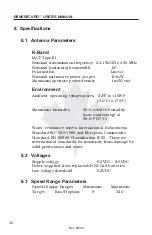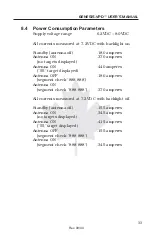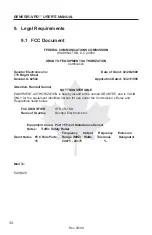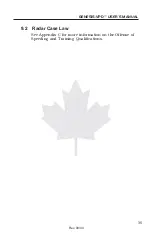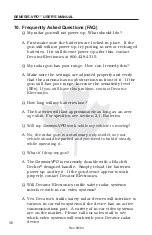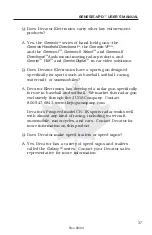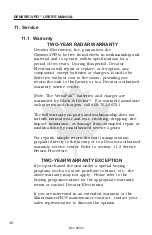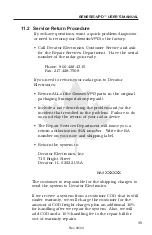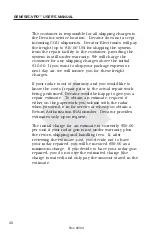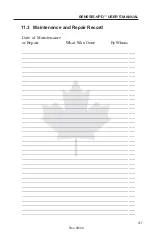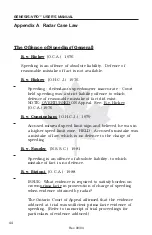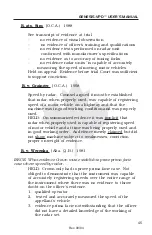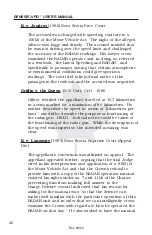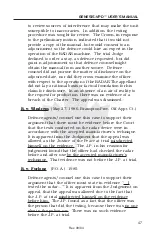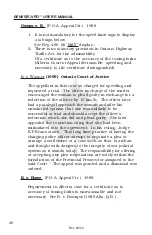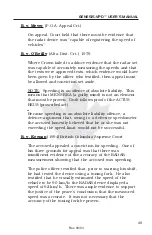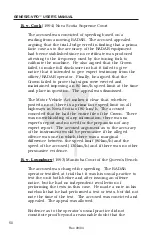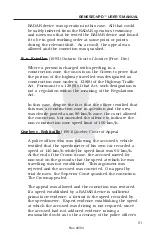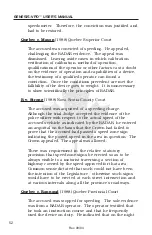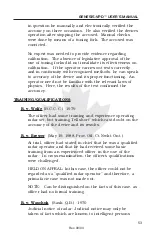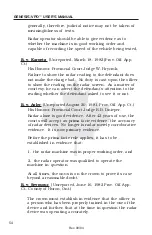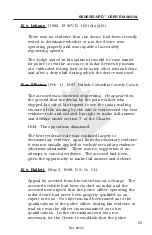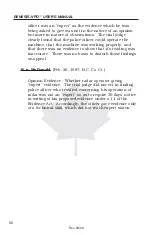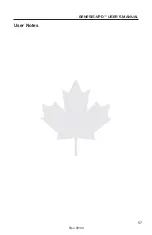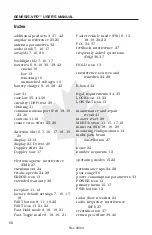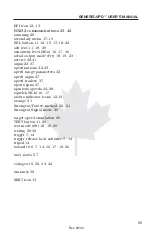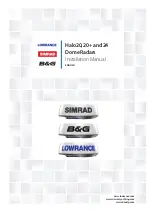
GENESIS-VPD™ USER’S MANUAL
46
Rev. 09/04
R. v. Joudrey
(1992) Nova Scotia Prov. Court
The accused was charged with speeding contrary to s.
106(2) of the Motor Vehicle Act. The night of the alleged
offence was foggy and drizzly. The accused insisted that
he was not driving over the speed limit and challenged
the accuracy of the RADAR readings. His lawyer cross-
examined the RADAR operator and, in doing so, referred
to a textbook, “the Law of Speeding and RADAR”, and
specifically to passages stating that certain atmospheric
or environmental conditions could give spurious
readings. The court did take judicial notice of the
passages in the textbook and the accused was acquitted.
Griffin v. the Queen
(N.S. Cnty. Crt.) 1980
Officer testified the appellant traveled at 107 kilometres
in a zone marked for a maximum of 80 kilometres. He
neither described the speed in terms of “kilometres per
hour”, nor did he describe the purpose or functioning of
the radar gun. HELD: Judicial notice could be taken of
the functioning of the radar gun. While the description of
the speed was imprecise, the intended meaning was
clear.
R. v. Longmire
(1993) Nova Scotia Supreme Court (Appeal
Div.)
The appellant’s conviction was affirmed on appeal. The
appellant appealed further, arguing that the trial Judge
erred in his interpretation and application of s. 88(5) of
the Motor Vehicle Act and that the Crowns refusal to
provide him with a copy of the RADAR operation manual
violated his rights under ss. 7 and 11(d) of the Charter,
preventing him from making full answer to the
charge.Defence council indicated that his reason for
asking for the manual was “so that the defence can
make itself familiar with the particular operation of this
RADAR unit and in order that we can intelligently cross-
examine the Crown with regards to how he operated the
RADAR on that day.” He also wished to have the manual

